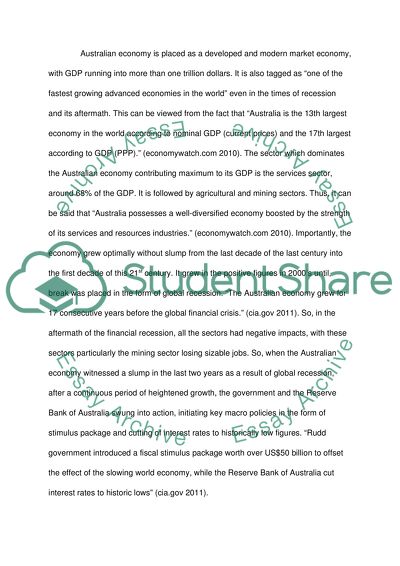Cite this document
(“Australian Economy over the last two years Essay”, n.d.)
Australian Economy over the last two years Essay. Retrieved from https://studentshare.org/macro-microeconomics/1436160-to-develop-an-understanding-of-what-has-happened
Australian Economy over the last two years Essay. Retrieved from https://studentshare.org/macro-microeconomics/1436160-to-develop-an-understanding-of-what-has-happened
(Australian Economy over the Last Two Years Essay)
Australian Economy over the Last Two Years Essay. https://studentshare.org/macro-microeconomics/1436160-to-develop-an-understanding-of-what-has-happened.
Australian Economy over the Last Two Years Essay. https://studentshare.org/macro-microeconomics/1436160-to-develop-an-understanding-of-what-has-happened.
“Australian Economy over the Last Two Years Essay”, n.d. https://studentshare.org/macro-microeconomics/1436160-to-develop-an-understanding-of-what-has-happened.


